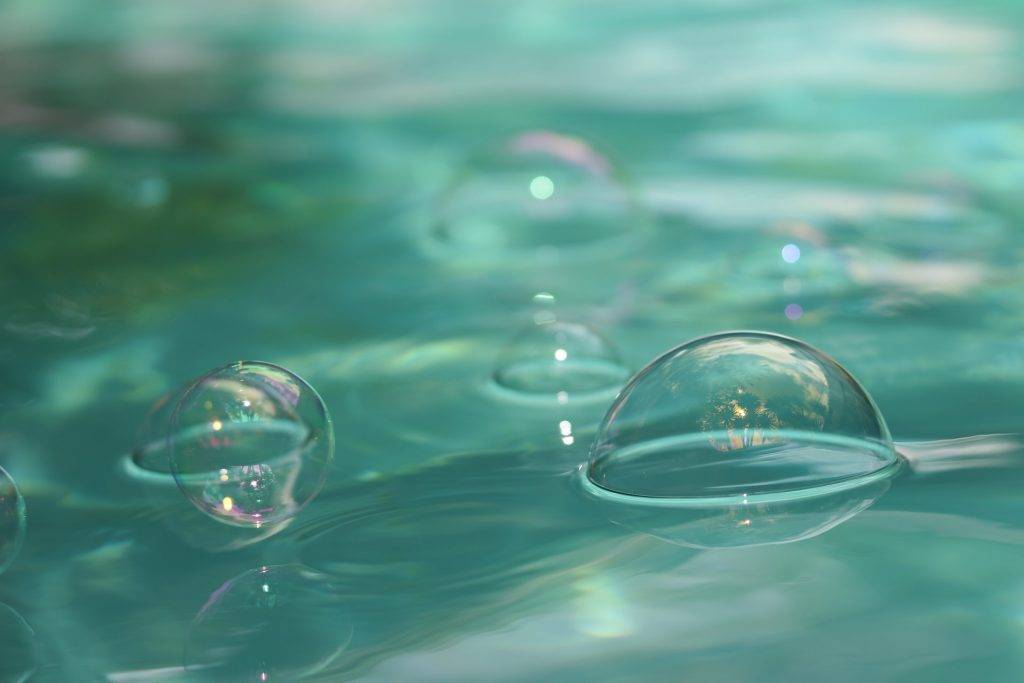How to Soften Bath Water?

If you want to soften your bath water but don’t know how to do it, there are many options available. Some of these include Borax, Epsom salt, Reverse osmosis, and Salt-free softeners. Let’s take a look at a few of them.
Borax
Borax has several benefits, but you should be aware of its risks, especially if you have kids. While it is not harmful in small amounts, borax is an irritant to the skin and eyes. If used inappropriately, borax can cause serious damage. For this reason, borax should be kept out of the reach of children. It should also not be used in cosmetics or cleaning products.
Borax is a natural product that softens the water. It is often used as a laundry booster, stain remover, disinfectant, and deodorizer. In addition to its bath-water-softening properties, borax can also be used to clean sinks, toilet bowls, and toilets. If you use it in a paste, it will help remove grime, soap scum, and deposits from your sinks, showers, and tubs. It also makes a great cleaner, and soaking your toilet in a paste of borax and water is an easy way to make your porcelain throne sparkle!
Epsom salt
Epsom salt softens bath water in several ways. It can also be used to make your shower water feel softer. You can use it to make a bath lather by adding a quarter cup of salt to the water. This will soften the water and make it feel slick. This solution can also be used to remove hard water stains from bathroom fixtures.
Taking an Epsom salt bath can help relieve aches and pains. The minerals in the salt help to soften the skin and relieve sore joints and muscles. It’s also inexpensive and can be purchased at almost any drugstore. It’s a good idea to add salt when the bath water is warm since it helps dissolve it.
Reverse osmosis
The most popular non-chemical method for water softening is reverse osmosis. This process uses pressure to pass water through a semipermeable membrane, separating salts, dissolved solids, and other impurities. Water treated with this method contains less dissolved sodium, chlorides, and metal ions.
A reverse osmosis filtration system can remove nearly all contaminants from water, including sodium. This process is effective in reducing the overall sodium content in water. Some people also opt to install a reverse osmosis system at the kitchen sink. This point-of-use filtration system reduces the sodium content in water, which can be harmful to those with heart conditions or kidney problems.
Salt-free softeners
Using a salt-free softener for bath water can be beneficial for a number of reasons. It can improve the water quality in your bathroom, and filter out extra minerals. It can also improve the efficiency of your appliances. It can also protect your family’s health. Sodium bicarbonate, an ingredient commonly found in baking soda, can be added to your bath water. These solutions are effective in softening water and can increase the life of your appliances and plumbing.
Salt-free softeners for bath water can also be used for laundry. These products work to remove hardness minerals from water, which are a major cause of laundry problems. Hard water can cause stains and dull laundry, and detergents aren’t as effective at cleaning them. Salt-free softeners are also a good alternative if you don’t like the slippery feel that a salt-based softener creates.
Ion-exchange systems
Ion-exchange water softeners contain two tanks: one contains resin beads and the other a salty brine solution. The resin beads are negatively charged and attract positively charged ions, such as sodium. Because sodium ions are the weakest of all the ions, they are easily attracted to the resin. This exchange of positive and negative charges allows the water molecules to have a balanced charge.
Ion-exchange systems soften water by removing the hard ions from the water. This process removes these minerals from the water, making it fit for bathing. As the water softener warms, the carbonates change into less-soluble bicarbonates, which bind to plumbing surfaces. These systems can be installed in both showers and taps.
About the Author

I am a writer who does research on the bathroom and researches whether minimalist or modern bathroom equipment and products. I will continue to write to make the time spent in the bathrooms enjoyable.
